Mozambique: CTA calls for new dynamism in agriculture
Mozambique: Q1 cotton exports up 36.2% by volume, 56% less by revenue YoY
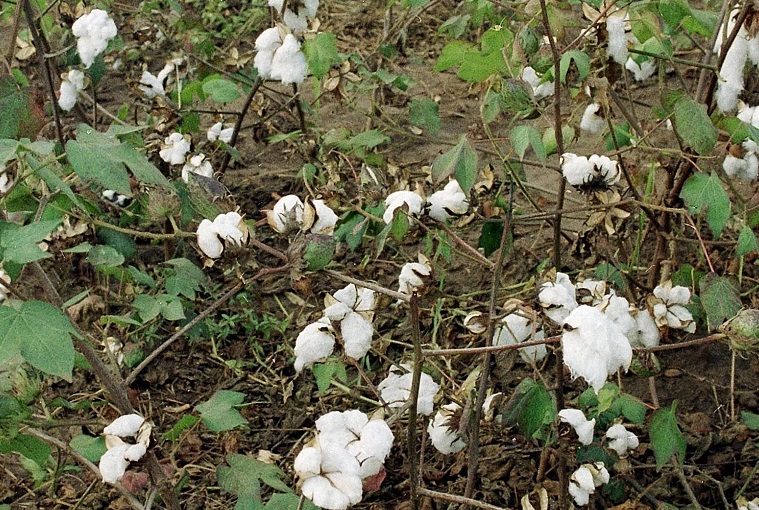
File photo: Lusa
Cotton exports yielded Mozambique US$3.7 million in revenue in the first quarter, a 56% drop compared to the same period in 2023, according to data from the central bank compiled by Lusa on Tuesday.
According to a report from the Bank of Mozambique, cotton exports fell by the equivalent of US$4.7 million year-on-year, taking into account the US$8.4 million exported in the first three months of 2023.
This is “due to the 1.4% drop in the price of cotton fibre on the international market, in a context in which the volume exported increased by 36.2%”, the document points out.
According to data previously provided to Lusa by the chairman of the Mozambican Cotton Association (AAM), Francisco Ferreira dos Santos, cotton in Mozambique has represented an annual average of US$30 to US$50 million in exports over the last ten years, and is considered an essential crop: “It has an enormous value chain. (…) It is an almost sacred crop, with catalytic effects on the economy and demographics.”
The Mozambican government pledged to subsidise the purchase of cotton at five meticais (€0.07) per kilogram in the current campaign, stabilizing prices and benefiting 600,000 farmers, in addition to encouraging a “culture of trust”, the minister in charge announced in May.
“The price stabilization and subsidy that we are approving will affect around 100,000 families. We are talking about a total of 600,000 people who will have their income stabilized,” Minister of Agriculture and Rural Development of Mozambique, Celso Correia, said on May 22.
The announcement was made in Maputo, during a meeting with representatives of the National Cotton Producers Forum (FONPA) and the Mozambican Cotton Association (AAM), as part of the platform that has negotiated proposals for the minimum price of seed cotton and the ginning fee in recent years, based on the approved calculation mechanism.
For the 2023-24 campaign, a minimum price of 30 meticais (€0.43) per kilogram was set for the sale of cotton, including the subsidy granted by the government, compared to 33 meticais (€0.47) per kilogram and the subsidy of seven meticais (€0.10) in the previous campaign.
The lack of rain in some regions of the country due to the El Niño weather phenomenon, the continued abandonment of production in Cabo Delgado province, one of the country’s largest cotton producers and, above all, excess production on the market are all causing prices to fall and, for the second year running, a subsidy has been set to maintain producers’ income.
“There is global pressure from countries where subsidies are in place, which is driving down the price of cotton. Too much cotton is being produced and stocks are rising,” Minister Correia explained.
“Today, the cotton sector already has the credibility to enter the biofuel production sector, in addition to fibre. (…) This exercise, in giving credibility to this source and others, requires us to explore this opportunity, which will only do the country good, which is truly creating a deeper subsidy policy for this sector,” he added.
Mozambique accounts for less than 0.5% of world cotton production, in a market led by countries such as the United States, China and India. In the 2021/22 campaign, 19,415 tonnes of seed cotton (raw, pre-ginned cotton including fibre and seeds) were sold, with a total state subsidy of 105.5 million meticais (€1.5 million), and in the following campaign, 37,400 tonnes, with state subsidies of 261.6 million meticais (€3.8 million).
The Management Group of the Seed Cotton Price Mechanism in Mozambique is the result of an initiative launched by producers and the government in 2019 and operationalized in the following years.


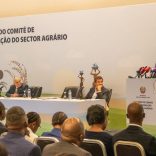
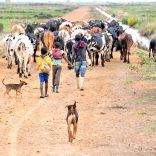

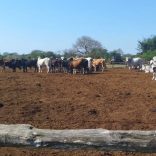
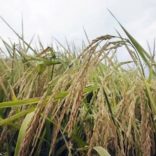
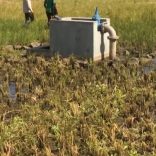


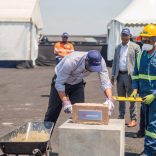

Leave a Reply
Be the First to Comment!
You must be logged in to post a comment.
You must be logged in to post a comment.